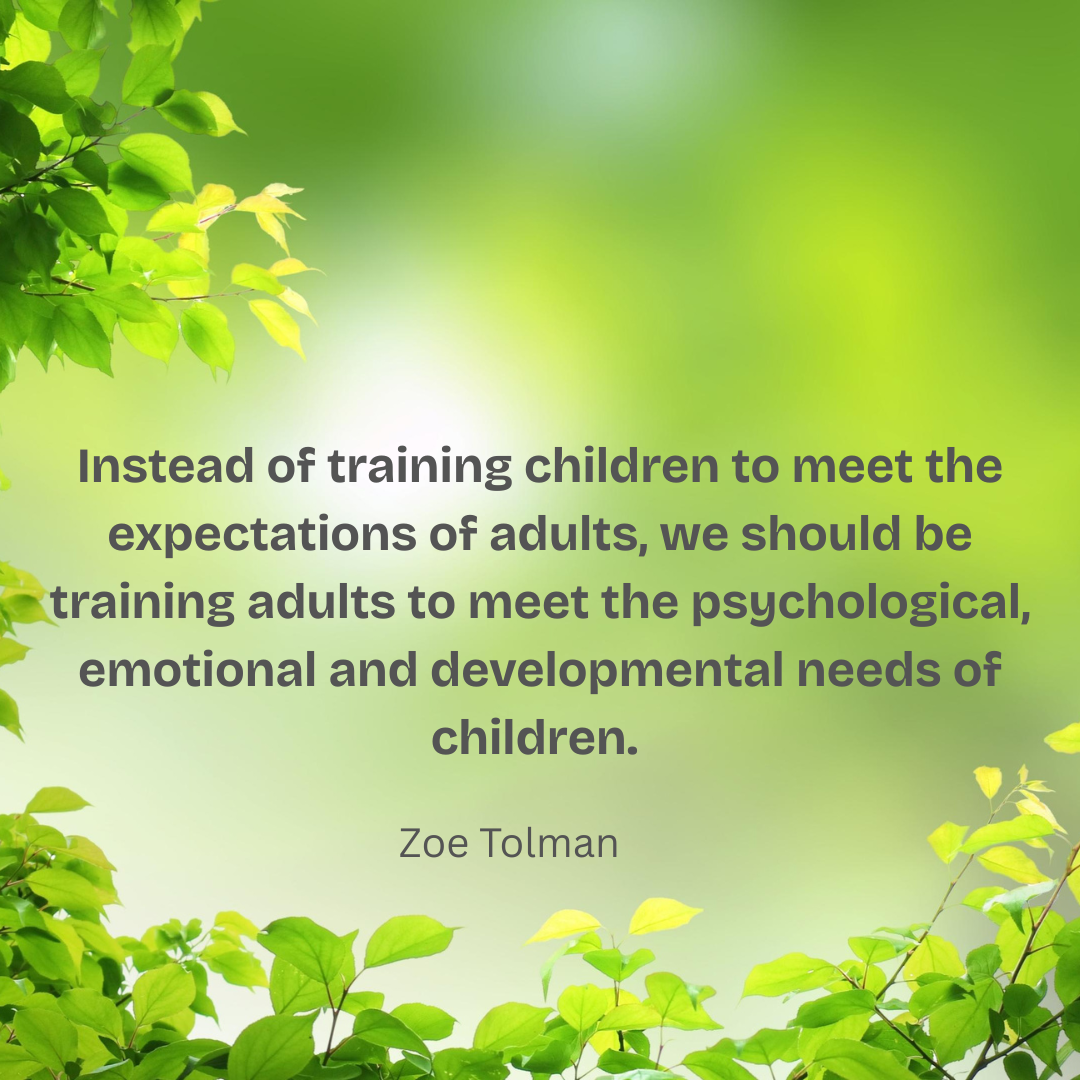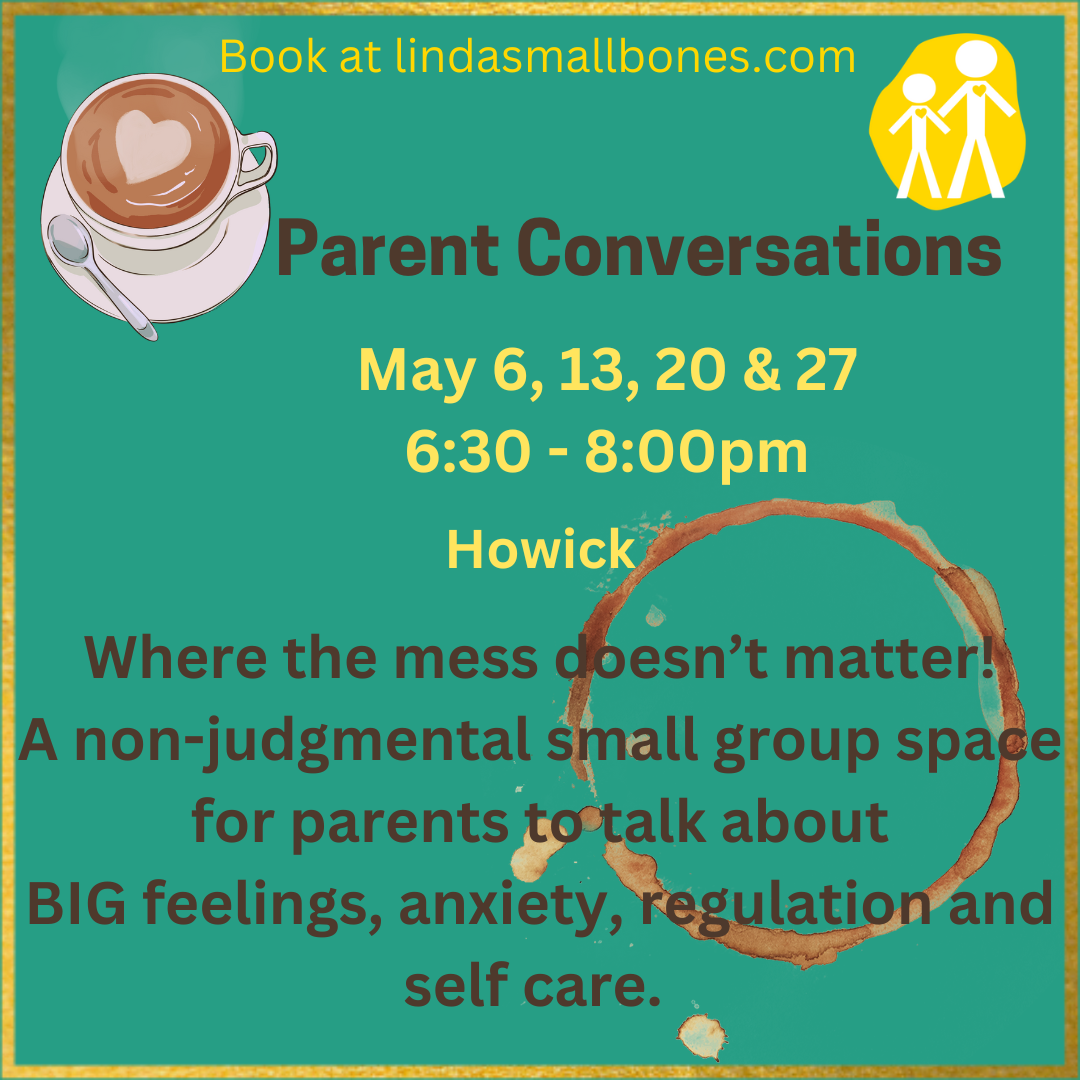The Greatest Tool
Tools and strategies are great in learning how to cope with emotional dysregulation, but they are not necessarily the most important thing.

Before we dive in, just a reminder that Parent Conversations is starting on Tuesday 6 May!
Very often, parents ask me to teach their children tools to help them cope with whatever challenge they are facing. There are so many tools or strategies that can help in different situations. It's a wonderful thing, and I love accessible strategies that can make a difference in families lives!
Some examples of tools or strategies are; visual imagery or vizualisation to elicit a sense of felt safety, using movement to release intense emotions, writing, pausing, taking deep breaths etc... In other words, actions or activities that can help cope with issues such as sensory overwhelm or big feelings or anxiety.
Tools and strategies are great in learning how to cope with emotional dysregulation, but they are not necessarily the most important thing. I want to look at what is important to remember when implementing different tools so that they can make the most difference.
No one tool or strategy works for everyone. You have to experiment a bit to find out what helps you to regulate. For example, some people use sound or music to calm them, I find that too much for me when dysregulated, mostly I crave silence.
Tools take practice. You may enjoy using a strategy in a group or workshop setting, for example, but it can take practice to use it when you're on your own facing the situation you need the tool for!
In the heat of a high pressure moment in the family, when you are all rushing and someone is having a meltdown and someone else is looking for a shoe, it can be really hard in that moment to implement that new breathing strategy.
Some tools take practice, such as using your breathing to regulate emotional intensity. It is a proven method of regulation. But it does take some practice, it takes a while to learn to really slow down so that you can breath! If you're not practiced at breathing in various situations of intensity, it can feel like a futile exercise at first. What makes a huge difference is when someone helps you through a breathing process, guiding you in how to breath and is there with you giving you permission to be in the moment, "just" breathing.
No tool or strategy is a "fix all". There's no magic bullet. Be curious, and experiment to help you find what helps you, and it may be different in different situations or seasons. Also, what may work once, may not work again in the same type of situation again. Also, just because they have learned a few strategies, even successful ones, does not mean they don't struggle any more.
Strategies will need to change as the child develops and changes over time. A child whose anxiety settles when you sing to them when they are 5 years old, may not respond to that same strategy when they are 10. By very definition, children's development is all about growth and struggle. Each age and stage throws up new learning and challenges, and therefore we take a developmental, evolving view of how different coping strategies can make a difference.
Don't assume that it is the child who needs to make all the changes.

Children need ongoing connection to use the tools they have/are being taught. See this as an opporunity to learn coping strategies together.
We need a co-regulator before we can learn to regulate for ourselves. We can't use tools or strategies for emotional health outside of connection and relationship with others.
The greatest tool is you! When you are able to work alongside your child on the coping strategies that make a difference for them, you are providing the co-regulation they need. When they have had a few experiences of this kind of co-regulation, they will be more able to carry that through to other areas of their lives.
